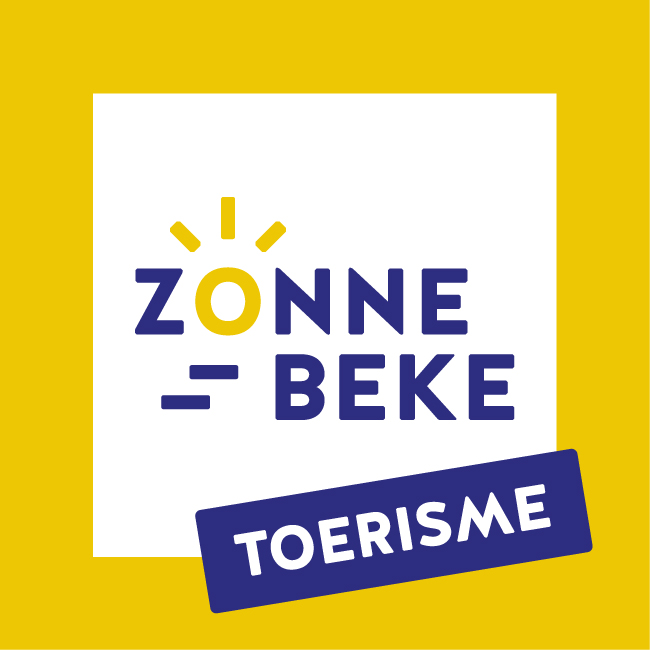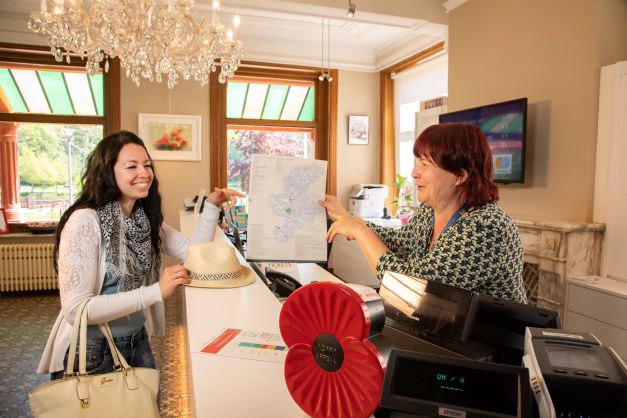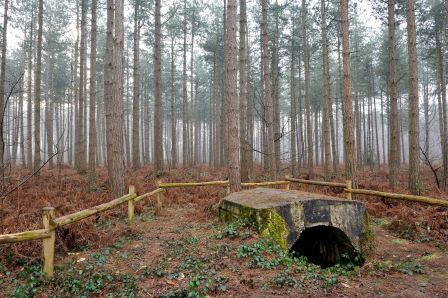
In the winter of 1917 and spring of 1918, New Zealand troops occupied the Polygon Forest. They built some concrete structures there, poured over curved corrugated sheets called 'Baby Elephants'. The edges were trimmed with straight corrugated sheets, a rather unique method of construction. Two such structures in the Polygon?
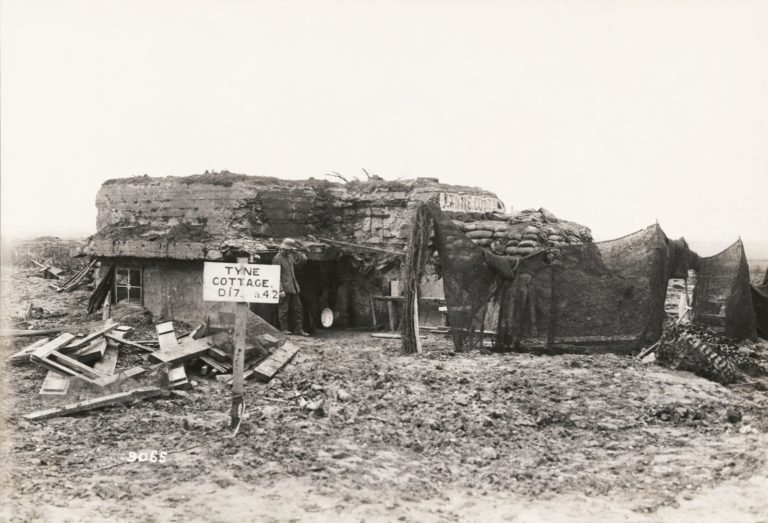
'Tyne Cottage' is little more than a small house in 1917. The Germans are building the Flandern I position near it. Barbed wire bars passage to camouflaged bunkers there. They are covered with branches and nets or, like Tyne Cottage, are inside a dwelling. Tyne Cot Cemetery and the Cross?

Flandern I-position and Flandern II-position You may have noticed: the view of Ypres from this spot is breathtaking. This did not escape the Germans either. In early 1917, they started building bunkers here, in front of which rows of barbed wire were placed. The Flandern I position, essentially a bunker?
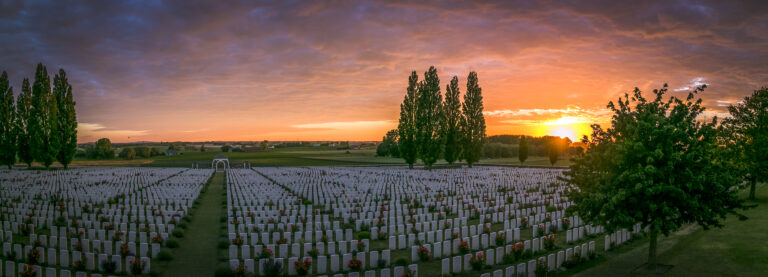
Today, several war relics bear witness to the violence of war. These relics remained untouched during reconstruction. Bunkers, craters and a huge amount of archaeological traces are hiding just below the earth's surface. Numerous cemeteries and monuments remind us of the high human toll of the four-year war. But less?
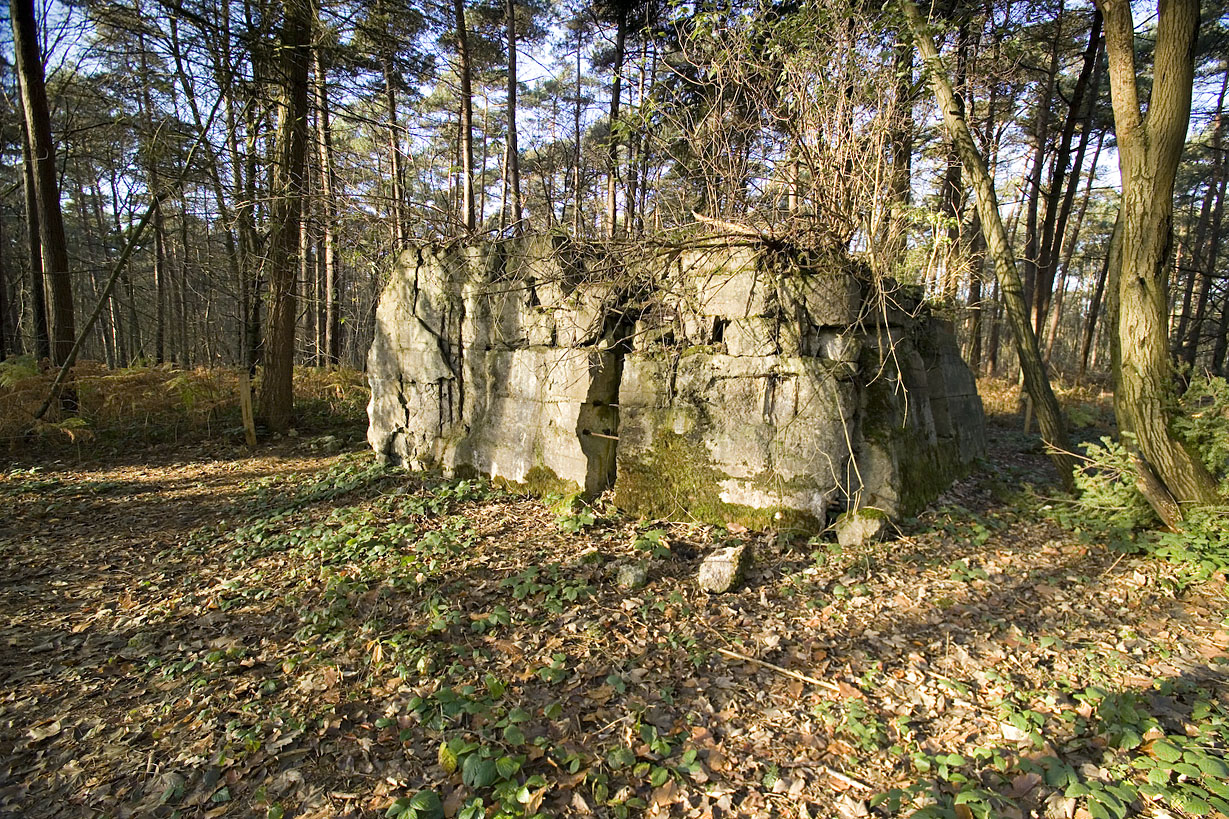
In the middle of the Polygon Forest lies 'Scott Post', a remarkable bunker ruin. It was cast into concrete in 1916 or 1917 by German troops in a wooden formwork and with iron armour. On 26 September 1917, the Third Battle of Ypres, the 56th Australian battalion took Scott Post.?
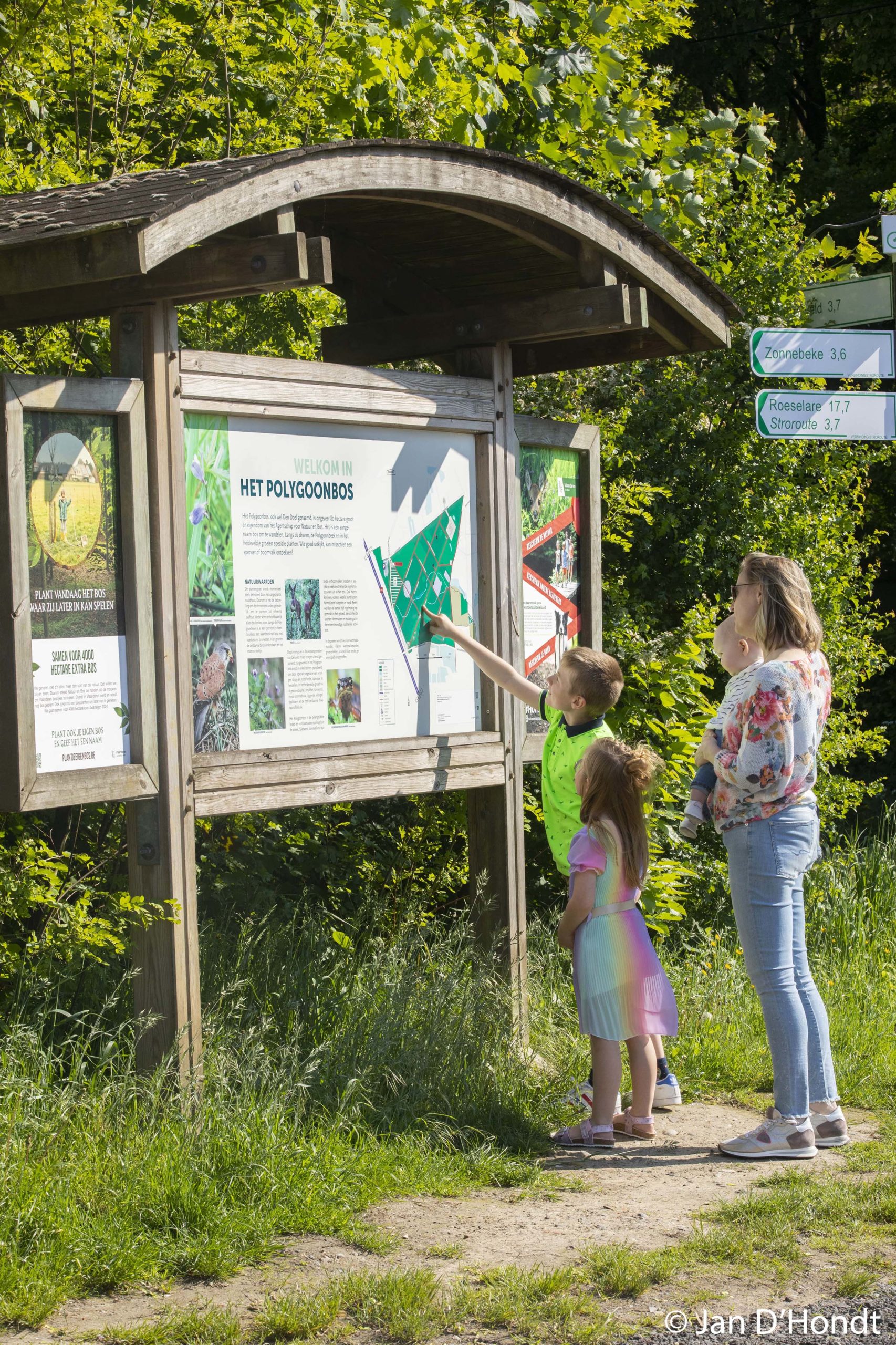
The Polygoonbos (Polygon Forest) is located on the Mid-West Flemish ridge. It is a paradise for people and animals. Children can romp around in the play area. You can take lovely walks along the beautiful avenues. This forest is also the place to be to spot many animals: birds of?
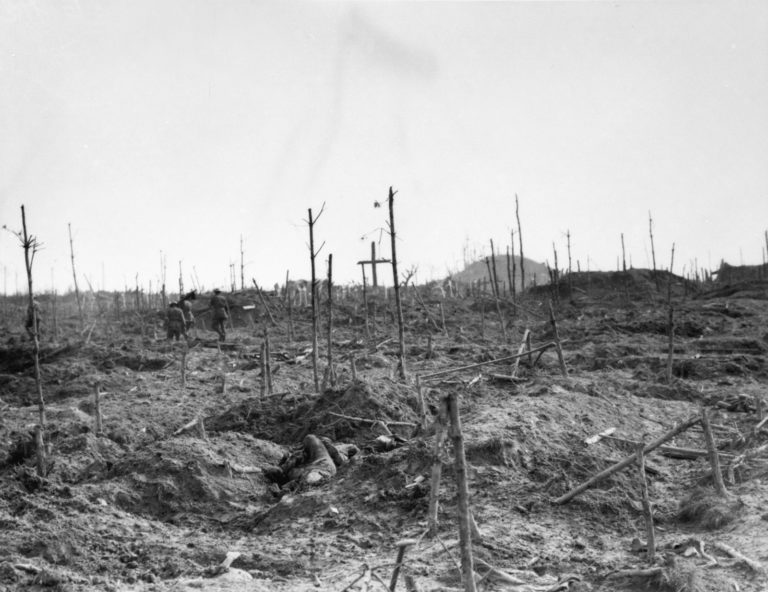
The Polygoon forest is a remnant of a large forest, once owned by the Marquis of Beselare and local abbeys of Zonnebeke and Nonnebossen. In 1914, it was owned by the state and used as a military training ground. Shooting range Even before Belgian independence, Polygoonbos was used by soldiers?
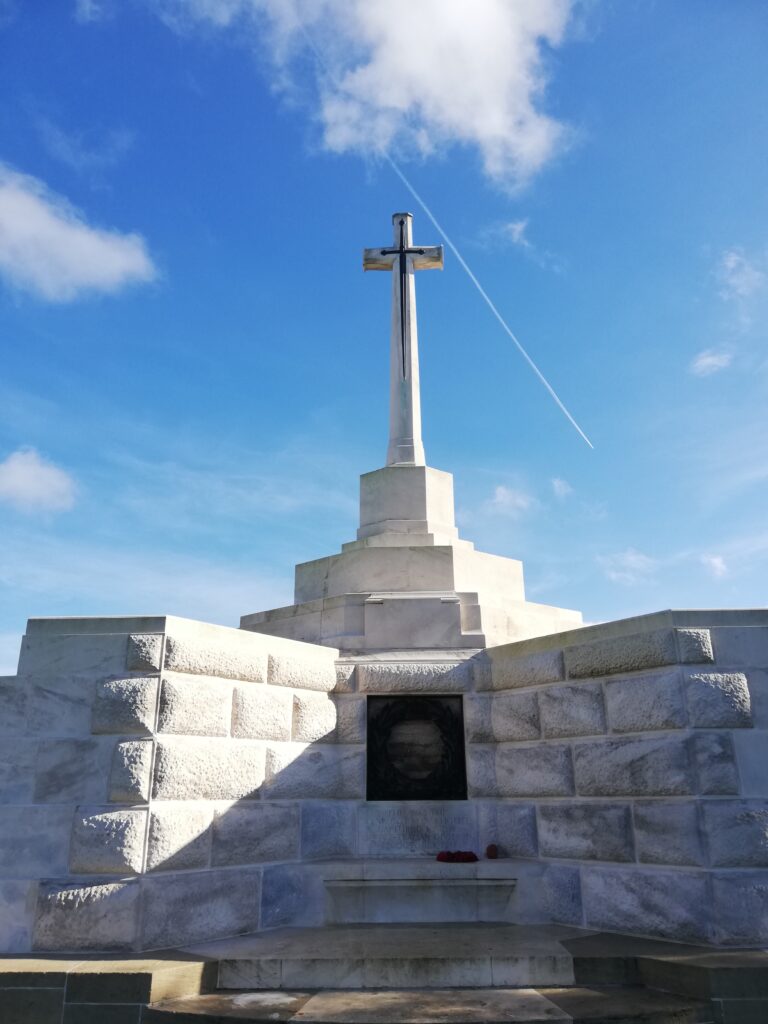
Originally, 'Tyne Cot' was a fortified position in the German defence position Flandern I consisting of several bunkers. The largest concrete structure was set up as a medical dressing station after its capture on 4 October 1917 by the 3rd Australian Division. Cross of Sacrifice The Cross of Sacrifice at?
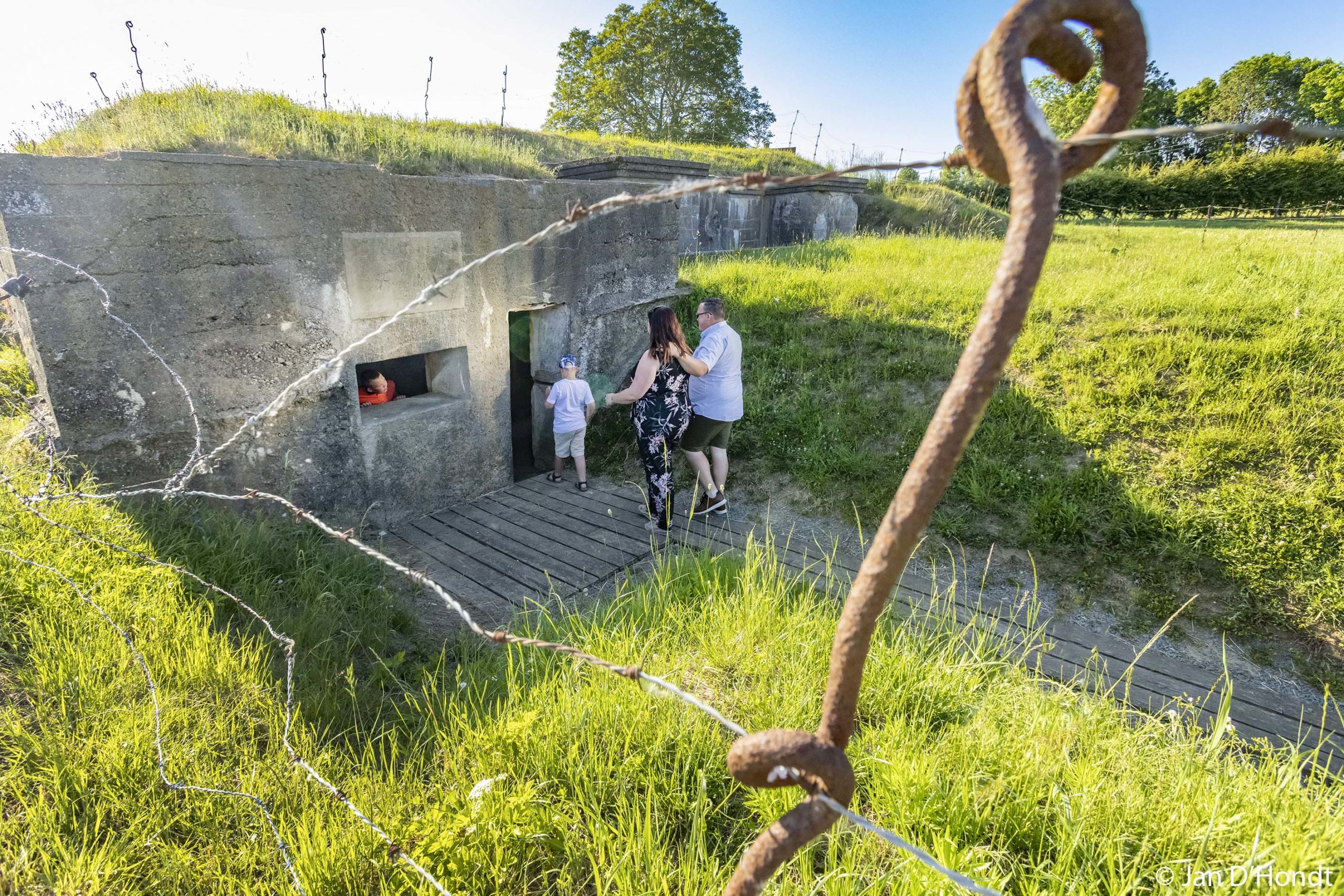
Armierungsbataillone The exceptionally well-preserved command bunker at Zandvoorde is a fine example of German architecture. It is one of the largest remaining bunkers in the Westhoek and is a unique witness. Specifically trained pioneer units, the so-called Armierungsbataillone, built this bunker in 1916 for the staff of a regiment. They?
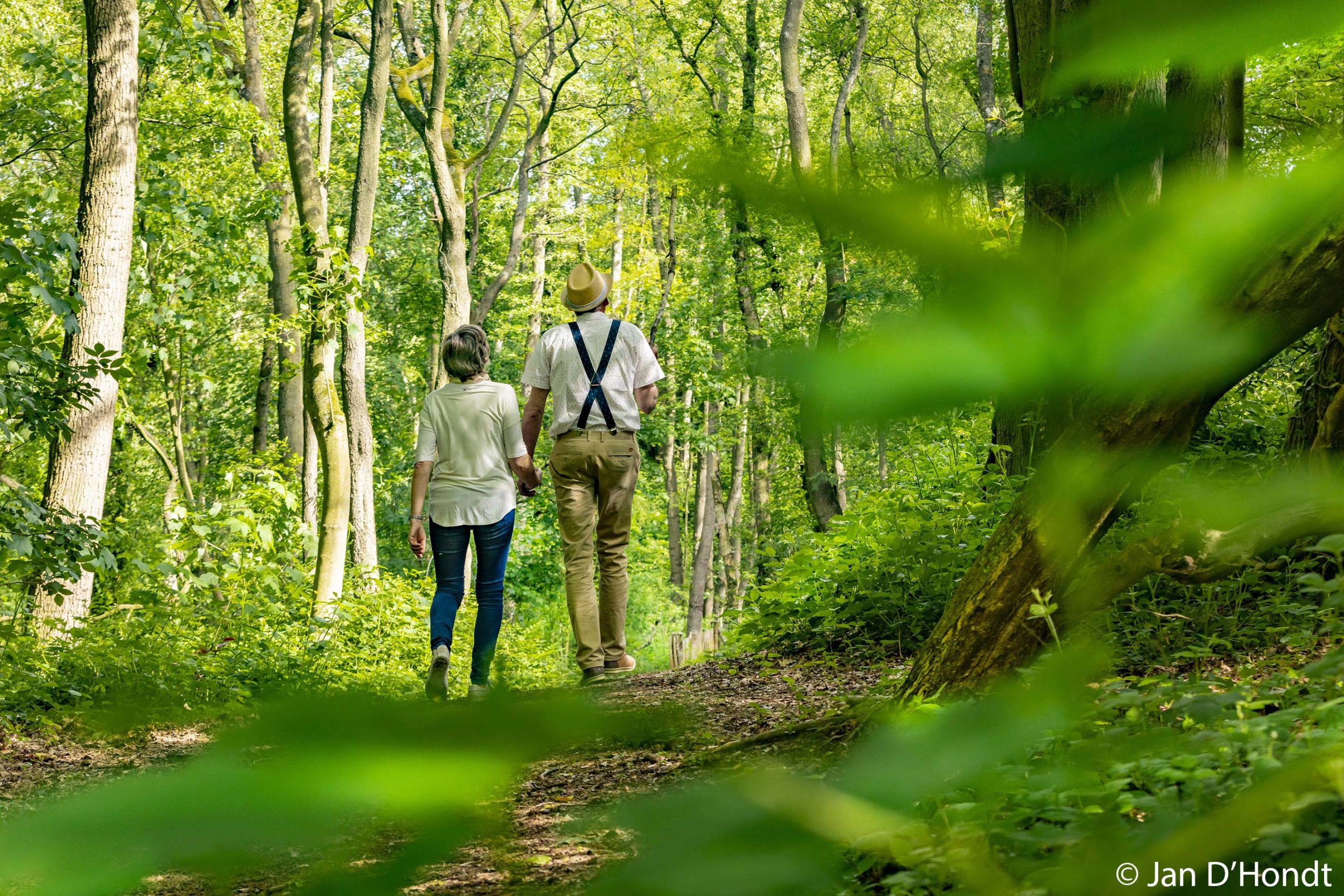
The reutel forest is a natural gem. Located in a valley, it is special because it was left untouched after the war. Remnants of bunkers and craters are still here. Today it is managed as a nature reserve. German capture During the winter of 1914-'15, French and Germans sat opposite?
